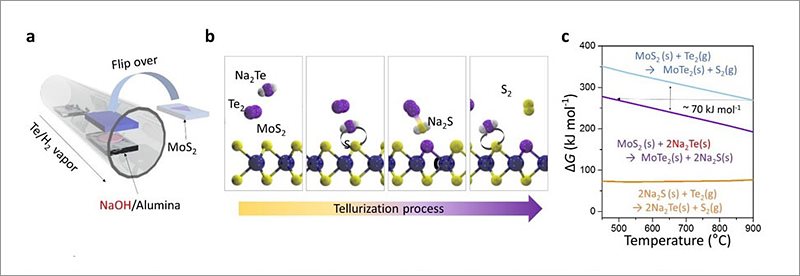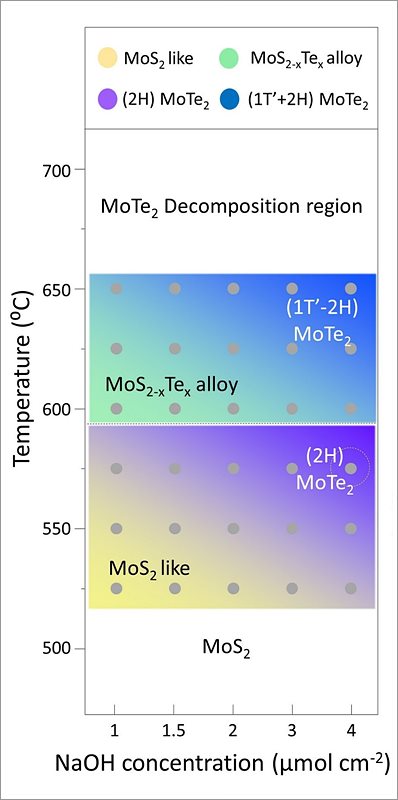주메뉴
- About IBS 연구원소개
-
Research Centers
연구단소개
- Research Outcomes
- Mathematics
- Physics
- Center for Underground Physics
- Center for Theoretical Physics of the Universe (Particle Theory and Cosmology Group)
- Center for Theoretical Physics of the Universe (Cosmology, Gravity and Astroparticle Physics Group)
- Dark Matter Axion Group
- Center for Artificial Low Dimensional Electronic Systems
- Center for Theoretical Physics of Complex Systems
- Center for Quantum Nanoscience
- Center for Exotic Nuclear Studies
- Center for Van der Waals Quantum Solids
- Center for Relativistic Laser Science
- Chemistry
- Life Sciences
- Earth Science
- Interdisciplinary
- Center for Neuroscience Imaging Research (Neuro Technology Group)
- Center for Neuroscience Imaging Research (Cognitive and Computational Neuroscience Group)
- Center for Algorithmic and Robotized Synthesis
- Center for Nanomedicine
- Center for Biomolecular and Cellular Structure
- Center for 2D Quantum Heterostructures
- Institutes
- Korea Virus Research Institute
- News Center 뉴스 센터
- Career 인재초빙
- Living in Korea IBS School-UST
- IBS School 윤리경영


주메뉴
- About IBS
-
Research Centers
- Research Outcomes
- Mathematics
- Physics
- Center for Underground Physics
- Center for Theoretical Physics of the Universe (Particle Theory and Cosmology Group)
- Center for Theoretical Physics of the Universe (Cosmology, Gravity and Astroparticle Physics Group)
- Dark Matter Axion Group
- Center for Artificial Low Dimensional Electronic Systems
- Center for Theoretical Physics of Complex Systems
- Center for Quantum Nanoscience
- Center for Exotic Nuclear Studies
- Center for Van der Waals Quantum Solids
- Center for Relativistic Laser Science
- Chemistry
- Life Sciences
- Earth Science
- Interdisciplinary
- Center for Neuroscience Imaging Research (Neuro Technology Group)
- Center for Neuroscience Imaging Research (Cognitive and Computational Neuroscience Group)
- Center for Algorithmic and Robotized Synthesis
- Center for Nanomedicine
- Center for Biomolecular and Cellular Structure
- Center for 2D Quantum Heterostructures
- Institutes
- Korea Virus Research Institute
- News Center
- Career
- Living in Korea
- IBS School
News Center
‘Sodium-Scooter’ Delivers Tellurium to MoS2- IBS researchers use a fast and efficient catalyst to scoot tellurium in place of sulfur, Korean food delivery system is renowned to be fast and efficient. Scooters speed through the city to bring orders timely to your doorstep. Researchers from the Center for Integrated Nanostructure Physics, within the Institute for Basic Science (IBS, South Korea) have developed a low-temperature reaction, where a “chemical scooter delivery” can be used as a metaphor. A “sodium-scooter”, namely Na2Te, transports tellurium to molybdenum disulfide (MoS2) and tungsten disulfide (WS2) monolayers. With the help of the scooter, sulfur atoms were replaced with tellurium. The process occurs at 525 °C, about 300 °C lower than previously achievable. This study, published in Nature Communications, is expected to facilitate the exploration of new properties in these 2D materials. “We call it scooter, because it delivers quickly. MoTe2 molecules decompose to molybdenum and tellurium at high temperatures, but the scooter anchors telluride to MoS2 and acts as a catalyst that lowers the activation temperature of the reaction,” explains YUN Seok Joon, the first author of the study. Using this approach, the research team prepared semiconducting molybdenum ditelluride (2H-MoTe2), metallic 1T’-MoTe2, MoS2−xTex and WS2−xTex alloys. The conversion which began at the edges and grain boundaries of MoS2, was complete. 2H-MoTe2 formed near the edge and is favored at low temperatures, while 1T’-MoTe2 at high temperatures. In this method, the team could produce a diode with 2H-MoTe2 on the edge and 2H-MoS2 on the inner part. The resulting materials had different bandgap (1.1 eV), and higher degree of valley polarization (~37%) than MoS2.
Letizia Diamante Notes for editors - References - Media Contact - About the Institute for Basic Science (IBS) |
|||
Center for Integrated Nanostructure PhysicsPublication Repository |
| before | |
|---|---|
| before |
- Content Manager
- Public Relations Team : Yim Ji Yeob 042-878-8173
- Last Update 2023-11-28 14:20















